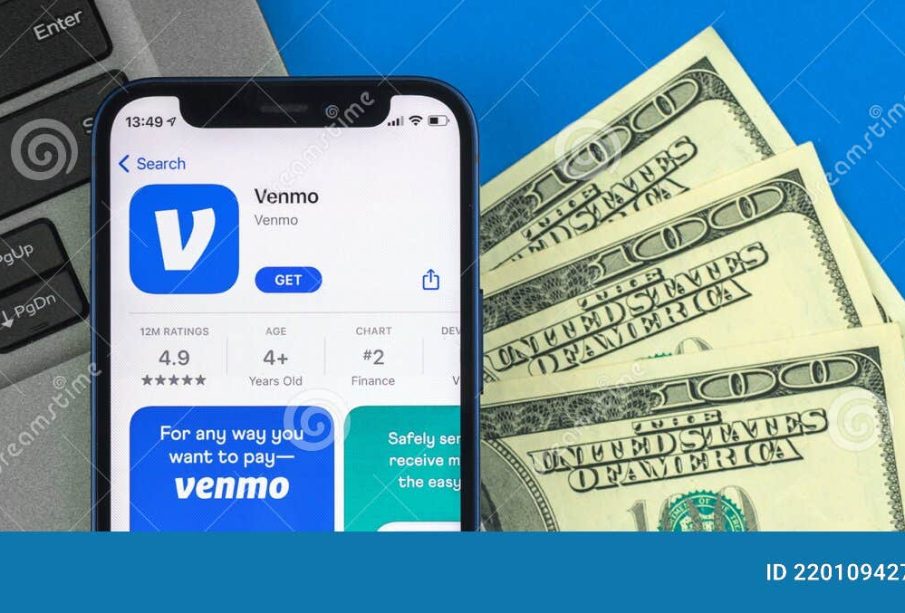The Rise of Venmo: Transforming Mobile Payments

Introduction to Venmo
In recent years, mobile payment platforms have become an essential part of everyday financial transactions, and Venmo stands out as a market leader. Since its inception in 2009, Venmo has transformed the way people send and receive money, especially among younger generations. Its social media-like interface appeals to users who value convenience, speed, and connectivity.
Key Features of Venmo
Venmo allows users to link their bank accounts or credit cards and perform transactions with ease. Users can send money to friends and family by simply entering an amount and a brief note. What sets Venmo apart is its social feed, where users can see transactions (without the exact amounts) and the accompanying notes. This feature not only simplifies payments but also adds a layer of social interaction that users enjoy.
Another aspect contributing to Venmo’s popularity is its emphasis on security. The platform employs a range of security measures, including data encryption and multi-factor authentication, ensuring users’ financial information is well-protected.
Growth and Adoption
Recent data from Statista indicates that as of 2023, Venmo had approximately 85 million users in the United States, an increase from 40 million users in 2018. This growth is attributed to the increasing acceptance of mobile wallets by businesses and consumers alike. Major retailers and restaurants now accept Venmo as a payment option, allowing users to make direct transactions at the point of sale.
Moreover, Venmo has expanded its services to include features like the Venmo card, which allows users to spend their Venmo balance directly at any physical or online store that accepts Mastercard. This feature further solidifies Venmo’s position as a versatile payment solution.
Challenges and Future Outlook
Despite its success, Venmo faces challenges, such as increasing competition from other payment applications like Cash App and Zelle. Additionally, concerns about privacy and security in digital transactions remain prevalent among users. In response, Venmo aims to enhance its security protocols and increase user awareness regarding safe transaction practices.
Looking forward, analysts predict that Venmo will continue to innovate and expand its user base. The ongoing shift towards cashless transactions, particularly accelerated by the COVID-19 pandemic, positions Venmo for continued growth in the digital payments landscape.
Conclusion
As a prominent player in the mobile payment industry, Venmo represents a significant shift in how individuals conduct financial transactions. By merging social connectivity with money transfers, Venmo appeals to a generation seeking convenience and speed. As mobile payments continue to evolve, Venmo’s adaptability will likely determine its trajectory in the burgeoning financial technology sector.









